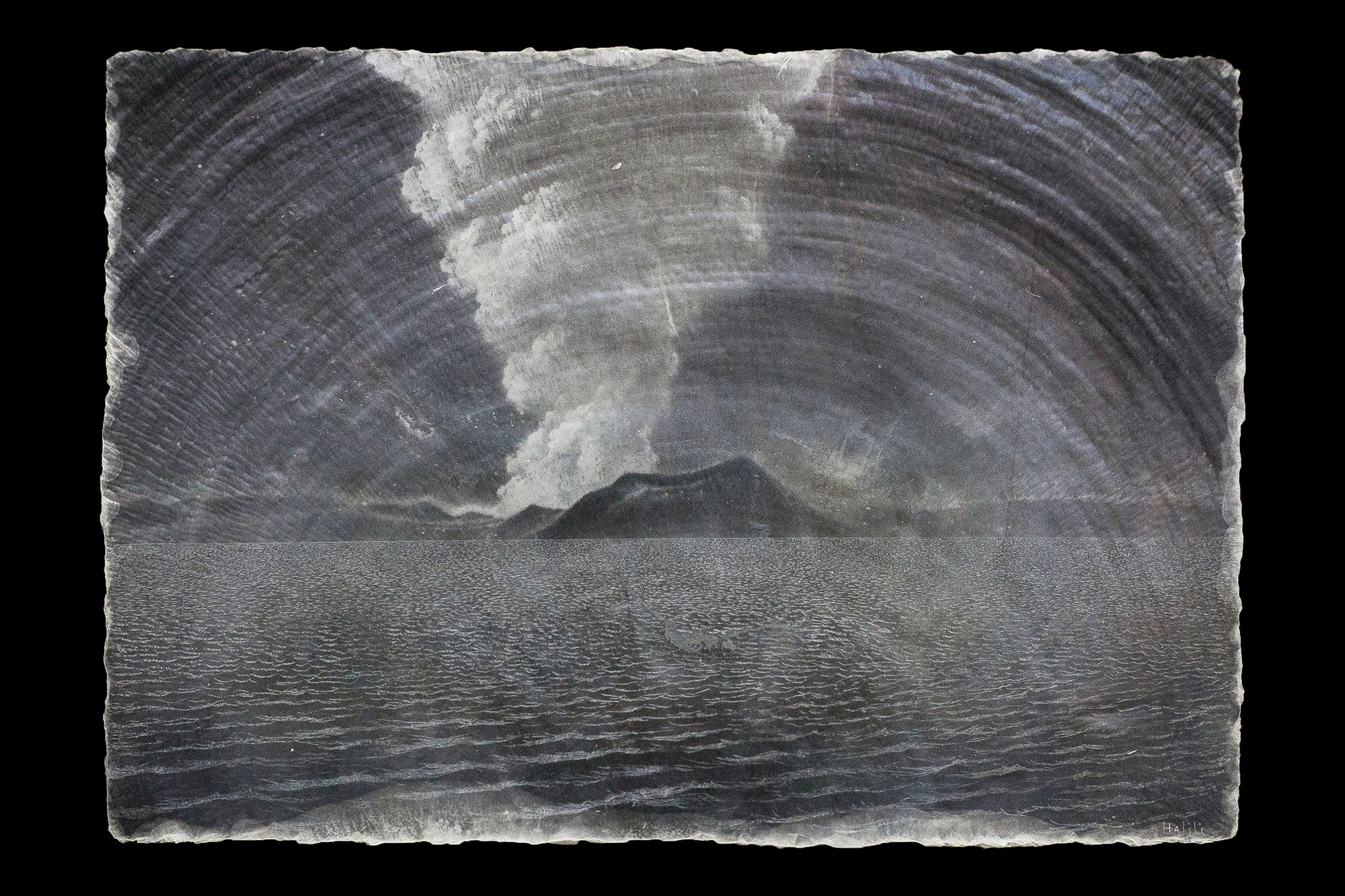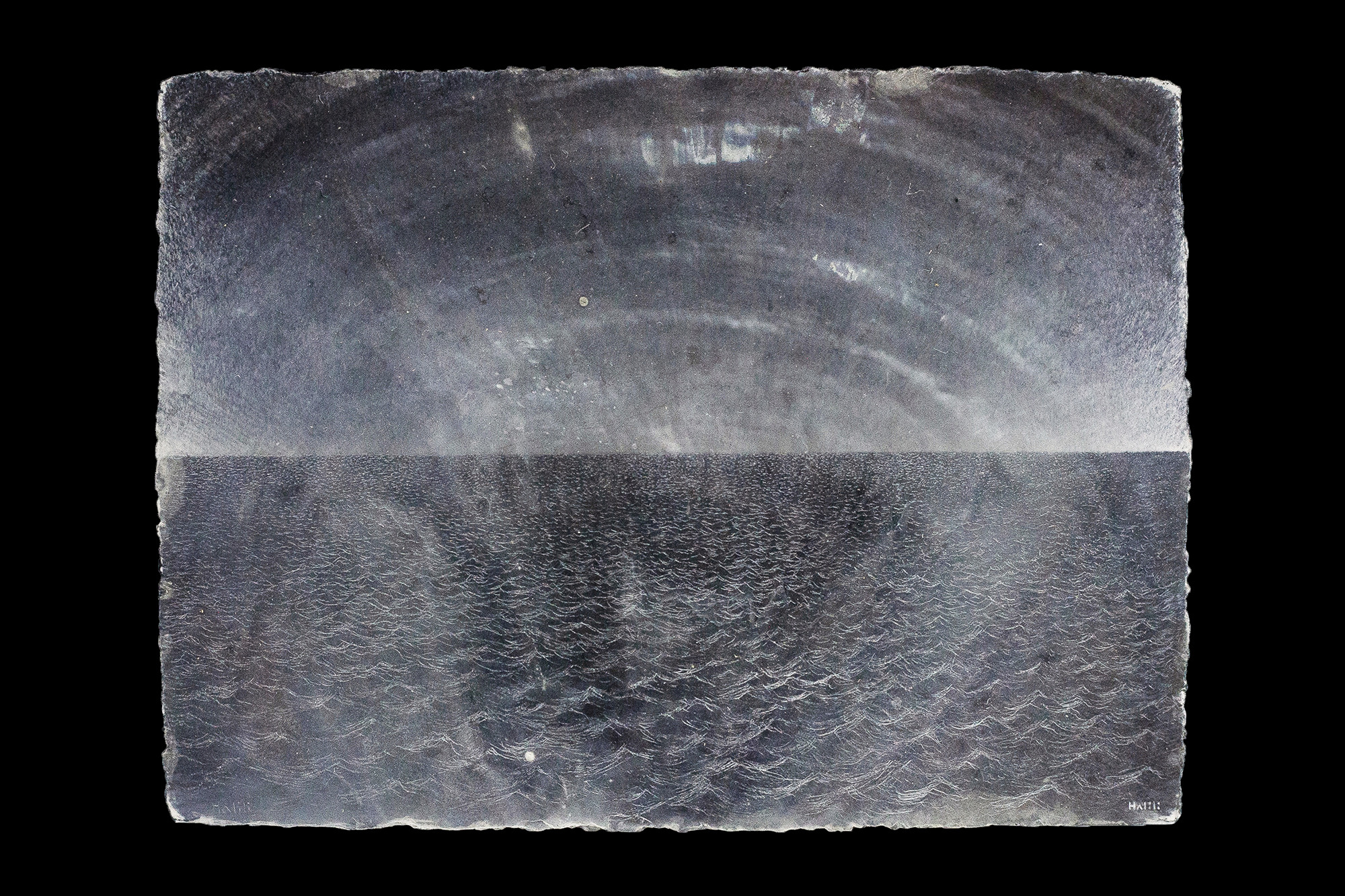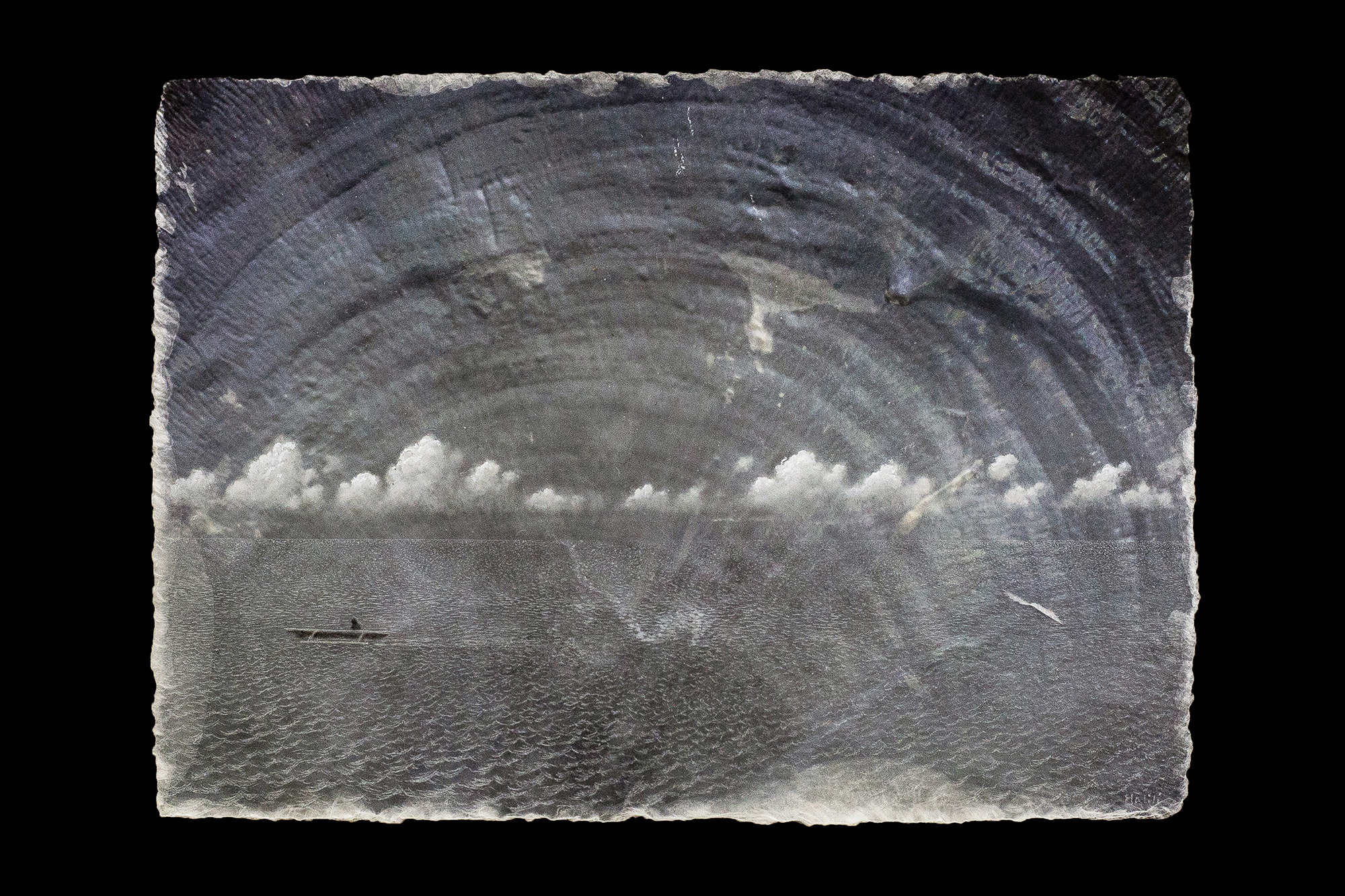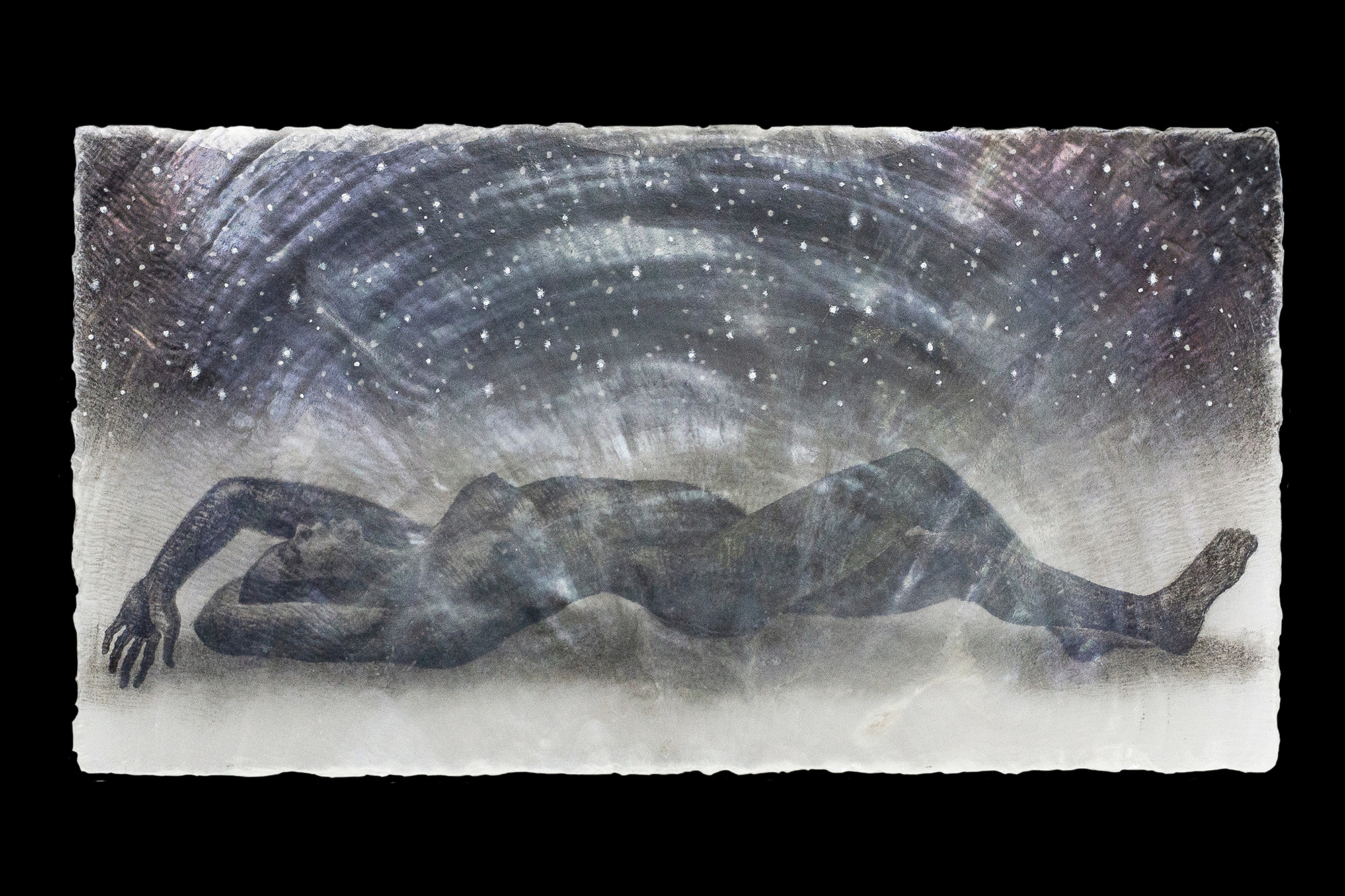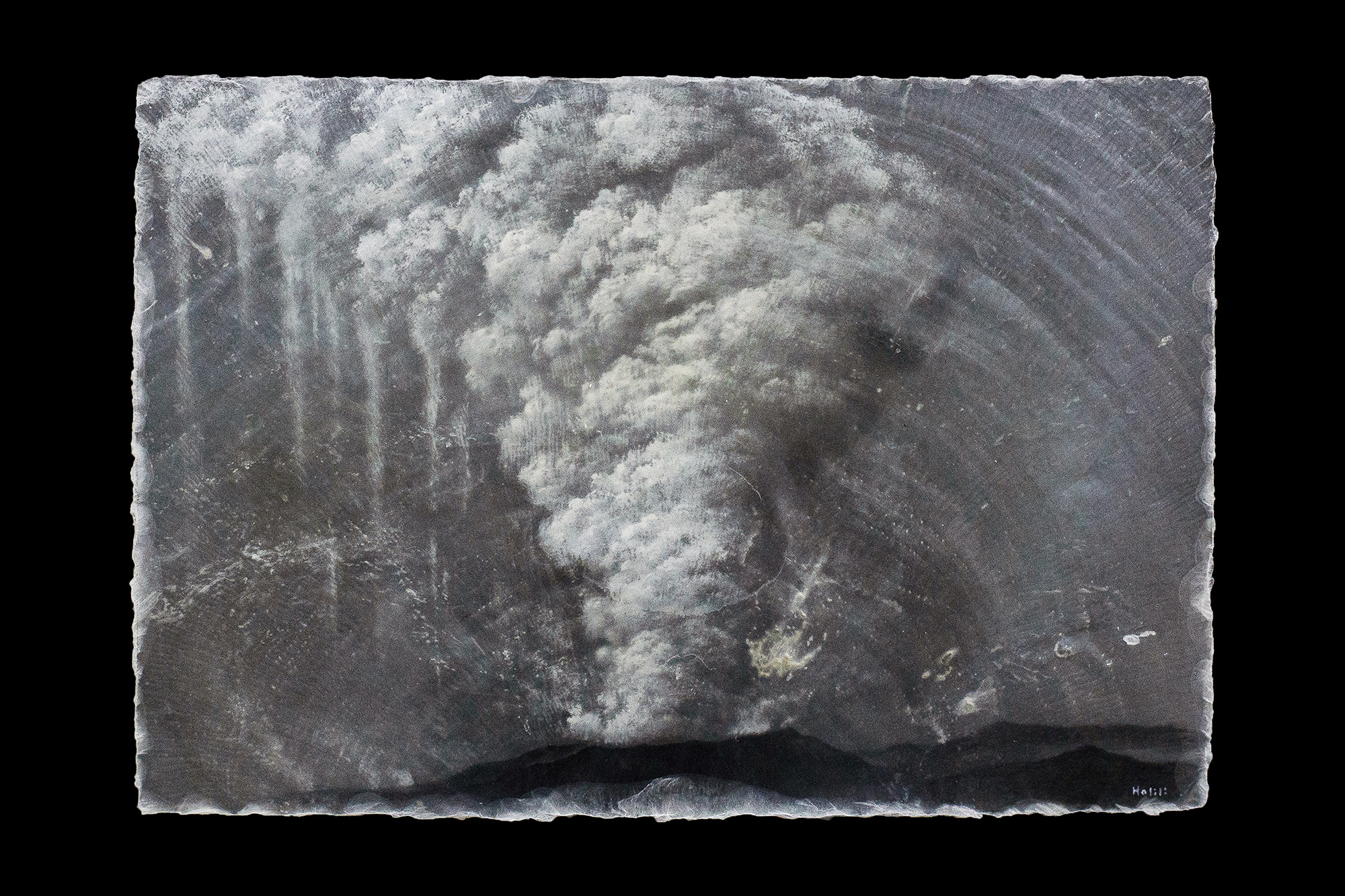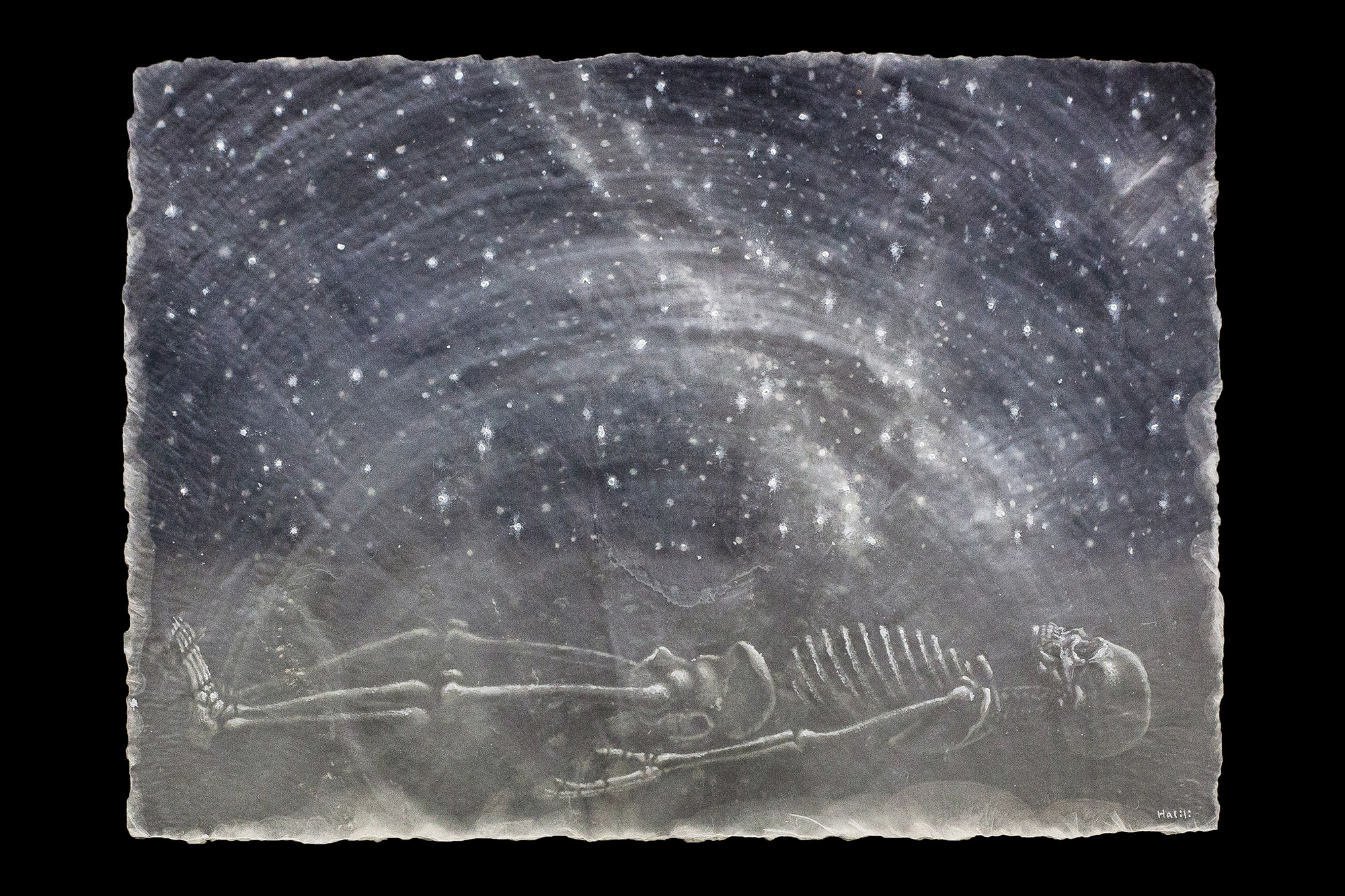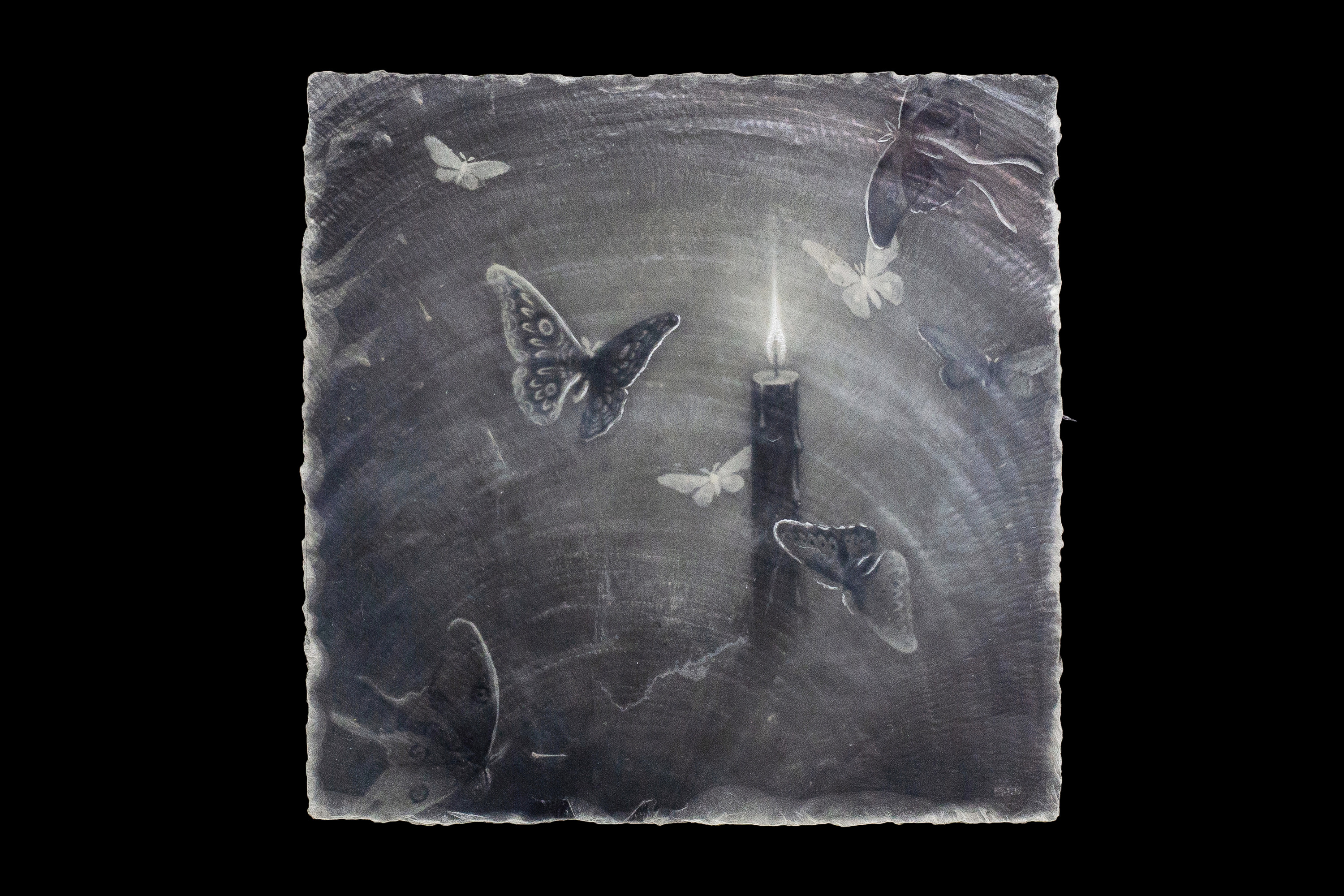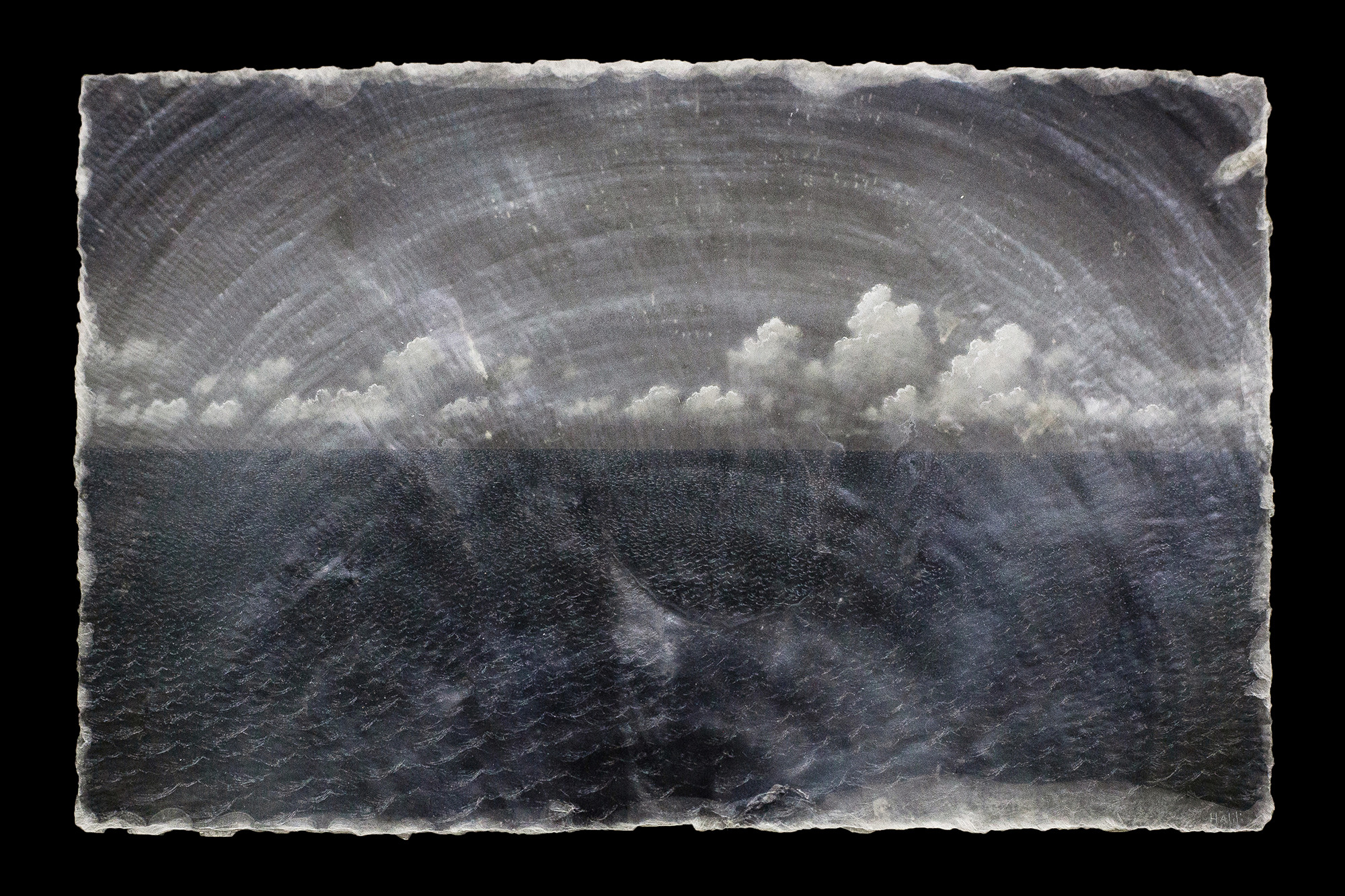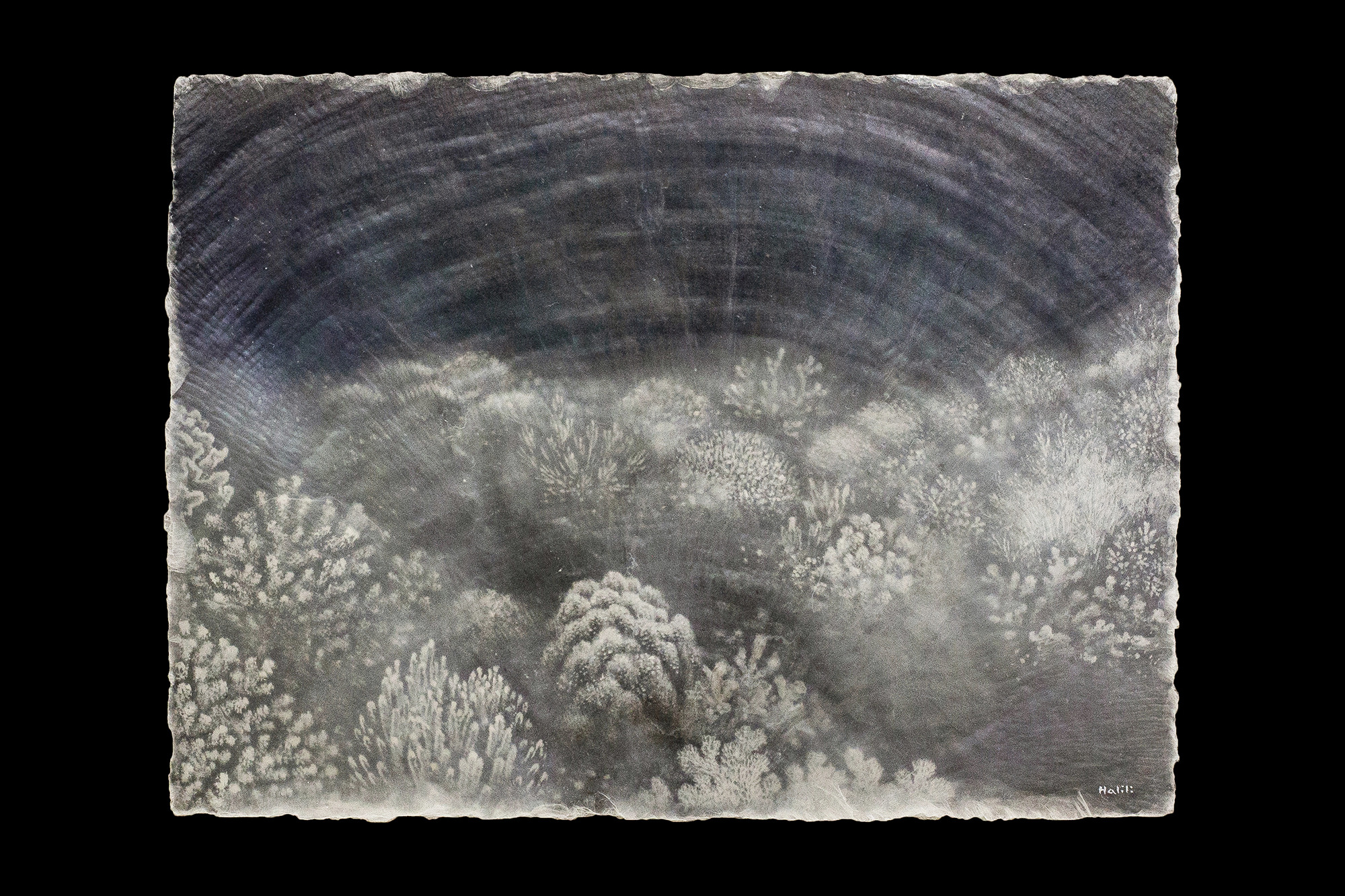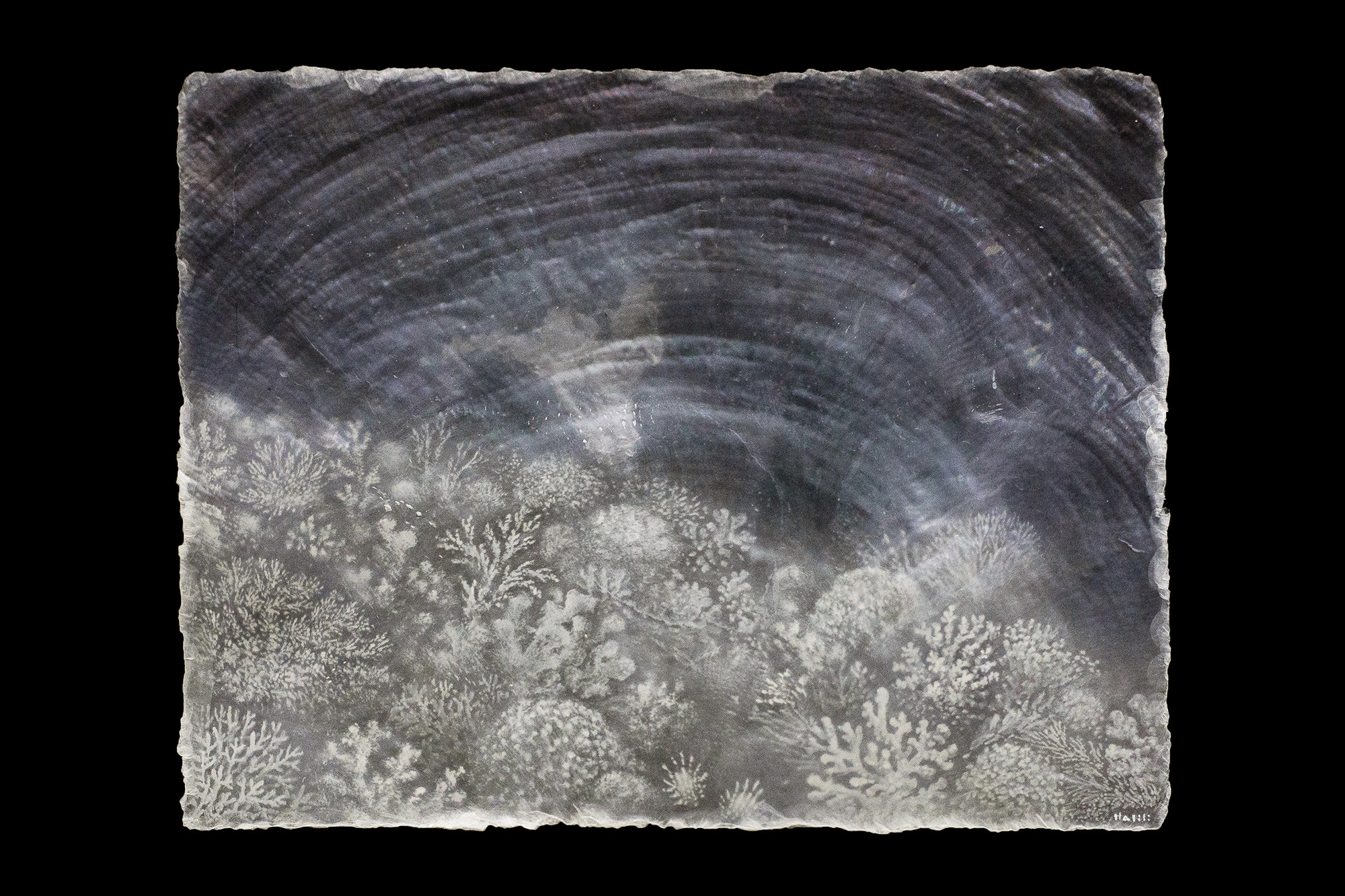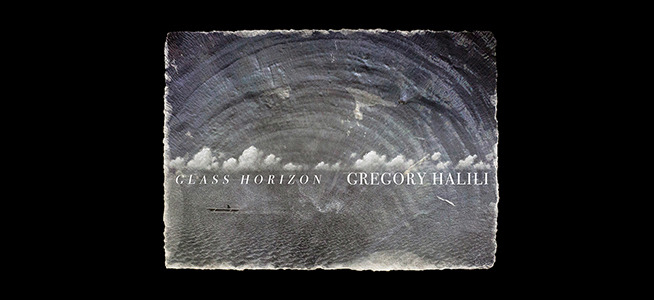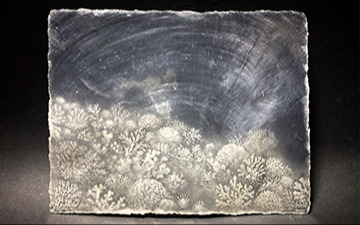
Glass Horizon
Gregory Halili
Silverlens, Manila
Video
About
Silverlens is pleased to present Gregory Halili’s fourth solo exhibition in the gallery. Entitled Glass Horizon, the exhibition includes eleven new oil on capiz shell paintings. Known for his meticulously crafted paintings in miniature scale, this new collection shines a brighter light on the delicate nature of Halili’s work, as he employs a reverse painting method (more commonly seen in cell animation) onto capiz shells that were thinned down to near breaking point. Completed during the recent months of community quarantine, the new works are the artist’s meditations on fragility; be that of nature, human existence and even social order.
In Halili’s words: “Through this fragile material, the paintings resonate glass-like surfaces, reminiscent of old daguerreotype photographs, which captures an ethereal memory and delicate state of fragility. These paintings offer hope about nature and our existence, a portrait of the possibility of creation and restoration."
Once, on a visit to his home, I noticed an interesting contrast between Gregory Halili’s two separate working spaces. The first one, on the lower level, is on a little corner at the back and partially outdoors. There are power tools, stacks of boxes, bottled chemicals, working gloves and goggles that suggest heavy manual work, along with, one could imagine, the corresponding dust, odors and noise that come with such implements. Indeed, this is the area where Greg cuts and grinds down various capiz shells and mother of pearl pieces, as he prepares them to be later used for his paintings.
Then there’s the other space; up a flight of stairs and amongst the bedrooms. Well-lit and airy, the room is filled with books and interesting collectibles and could easily be mistaken for an anthropologist’s study if not for the abundance of triple zero brushes on the work table. Here, I became acquainted with Greg’s older pieces, saw various works in progress, and more importantly, had the chance to actually hold one of his capiz shell paintings by hand. As someone who thinks a lot about how exhibitions are put together in a space, I couldn’t help but wonder if this intimate experience can somehow be recreated in a gallery setting: being able to hold the work up close, to hold it against a the light (for those who remember, it’s almost like looking at slide films) allowed me to perceive all the subtle changes, the world of details that recede and emerge when varying the angles of viewing. Then again, this rare chance also confirmed just how delicate the pieces are; a heavy or unmindful hand may easily drop or snap it to pieces.
I find myself returning to the memory of these rooms as I prepare this text for Gregory Halili’s show, Glass Horizon. With the workshop below, I caught a glimpse of the amount of hidden or perhaps, imbedded labor that may not be so obvious in Greg’s finished pieces. And while the room above provided insight into his thinking and painting process, it also highlighted the significance of the tiniest little marks and gestures that he, again, labors to encode into each work.
The 11 pieces currently on display at SILVERLENS are from a new series of works that Halili has chosen to paint on capiz shells rendered so thin and delicate, with edges frayed like handmade paper, brittle like wafer-thin crisps ready to break. They were conceived and made in the recent months, bookended by the eruption of Taal Volcano and the still raging health crisis. Of this period, the artist writes: “Our world is in a state of fragility. We are in a time when all seems to be in chaos and in decline. A time of pandemic and political wars. A time of climate change and nature’s steady decimation. A time when all is on the brink of collapse.” Echoing themes from the idyll to nature morte, the paintings evoke a kind of inert silence and weight that belie their scale and materiality. Again, in his words: “My aim is not to capture destruction or decline but evoke a melancholy reminder of our fragile existence. These new paintings on capiz shells, a type of shell that is deeply connected in Philippine culture, are thinned down to through many processes to the point of breaking. Through this fragile material, the paintings resonate glass-like surfaces, reminiscent of old daguerreotype photographs, which captures an ethereal memory and delicate state of fragility. These paintings also offer hope about nature and our existence, a portrait of the possibility of creation and restoration.”
Words by Gary-Ross Pastrana
Gregory Halili (b. 1975, Manila, Philippines; lives and works in Manila, Philippines) carves and paints mother—of—pearl shells, creating memento moris. Halili received his B.FA. from the University of the Arts in Philadelphia. He returned to the Philippines in 2013 after twenty-five years in the United States. Halili’s work focuses on the art of miniatures with interest in the notion and idea of memory, life, death, and cycle.
His work has appeared in numerous exhibitions and shows, including the John Michael Kohler Arts Center in Sheboygan, Wisconsin; The Butler Institute of American Art in Youngstown, Ohio; The Hammond Museum and Sculpture Garden in Salem, New York; Ayala Museum in Makati City; Jorge B. Vargas Museum at the University of the Philippines in Quezon City; West Gallery in Quezon City; Silverlens in Makati City and Nancy Hoffman gallery in New York City. In 2016, Halili was one of the Filipino artists who presented in the Singapore Biennale.
Gary-Ross Pastrana is a practicing visual artist living and working in Manila, Philippines. His foray into writing perhaps came as an unavoidable function of his almost parallel career in exhibition- making. He continues to organize shows for young artists and close friends and considers the task of producing text an ongoing but fulfilling challenge.
Works
